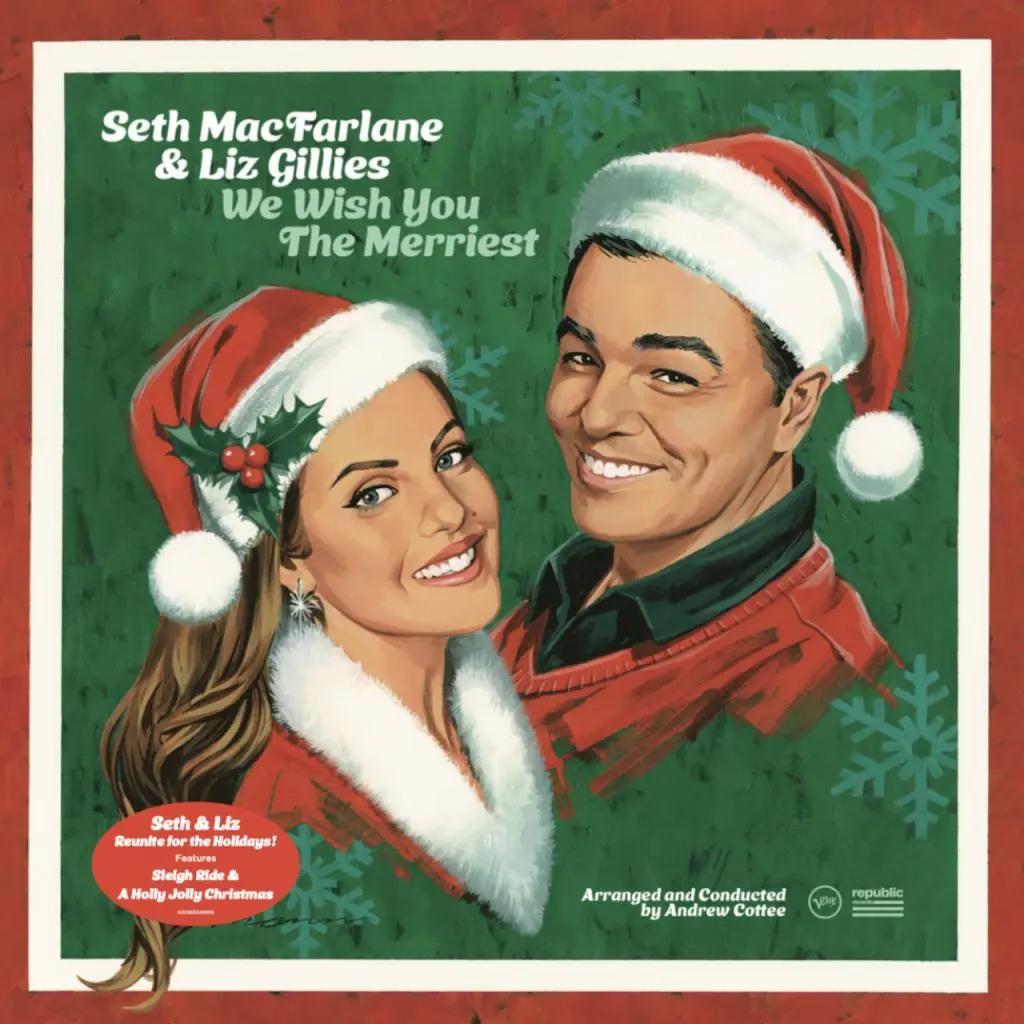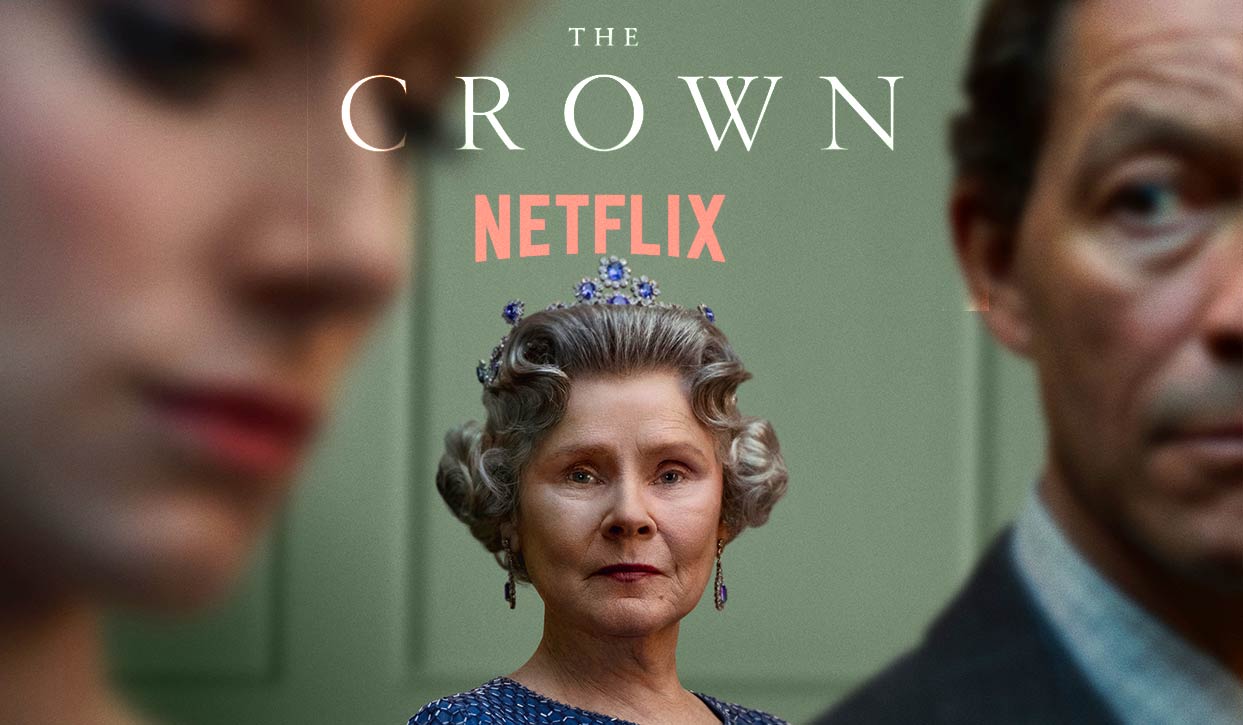The Hunger Games: The Ballad Of Songbirds And Snakes Review, Ratings, Key Points, Analysis And Impression
Suzanne Collins’s prequel to “The Hunger Games” series, titled “The Ballad of Songbirds and Snakes,” offers a compelling exploration of the past, focusing on the early life of President Coriolanus Snow. In this comprehensive analysis, we delve into key aspects of the novel, including its plot, characters, writing style, themes, and reception.
The narrative unfolds against the backdrop of the shadowy past, with President Snow assigned as the mentor to Lucy Gray Baird, the female tribute from District 12. This mentor-tribute relationship takes center stage, adding layers to the dystopian universe Collins crafted in the original series. The drama of the 10th Hunger Games becomes a gripping focal point, contributing to the richness of the narrative.
Collins once again showcases her narrative prowess, crafting a tale that is both engaging and thought-provoking. The writing style seamlessly weaves tension and suspense, captivating readers from the opening chapter to the closing lines. The pacing, a crucial element in any novel, is expertly executed, ensuring a smooth and immersive reading experience.
Thematically, “The Ballad of Songbirds and Snakes” serves as a canvas for exploring profound themes such as power, privilege, and the manipulation of truth. The novel offers a commentary on the complex nature of humanity, with symbolism threading through the narrative, inviting readers to unravel hidden meanings.
Despite being a prequel to a beloved series, the novel received a mix of praise and criticism. Some lauded the exploration of Snow’s backstory and the expansion of the series’ universe, while others criticized the pacing and the perceived unlikability of the protagonist. On Goodreads, the novel holds a rating of 3.55 out of 5, reflecting the diverse range of reader opinions.
One notable aspect is the exploration of morality. Collins skillfully challenges readers to confront the moral complexities embedded in the characters and the dystopian society they inhabit. The shades of gray in their actions force contemplation on the blurred lines between right and wrong.
Central to the narrative is the character development of Coriolanus Snow and Lucy Gray Baird. Collins meticulously crafts their characters, offering insights into their motivations, struggles, and the choices that shape their destinies. This character-driven approach adds depth and emotional resonance to the story.
The world-building in “The Ballad of Songbirds and Snakes” expands the universe of “The Hunger Games,” providing a richer understanding of the dystopian world. The prequel serves as a crucial building block, connecting the dots between the past and the events of the original trilogy. It enhances the overall lore of Panem and contributes to a more comprehensive understanding of the series’ universe.
While “The Ballad of Songbirds and Snakes” may be divisive among fans, it undeniably contributes valuable context and depth to the overarching narrative of “The Hunger Games.” The novel paints a nuanced portrait of the origins of Panem and the intricate forces that sculpted President Snow. Despite the controversy surrounding the necessity of a prequel, Collins maintains artistic integrity, and the novel stands as a testament to her commitment to expanding and enriching the tapestry of “The Hunger Games” universe.
“The Ballad of Songbirds and Snakes” successfully weaves a tapestry of complexity, intrigue, and moral reflection. Collins proves once again her ability to captivate audiences with a story that transcends the boundaries of a conventional dystopian narrative.






















